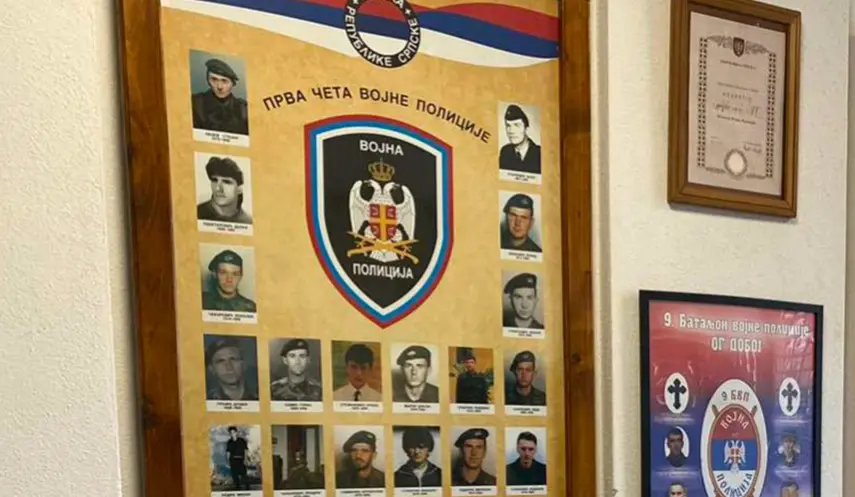LINTA: SYSTEMATIC KILLING OF CHILDREN IS FURTHER PROOF OF GENOCIDE AGAINST SERBS IN NDH
Republika Srpska - culture of remembrance
07/18/2025
13:52
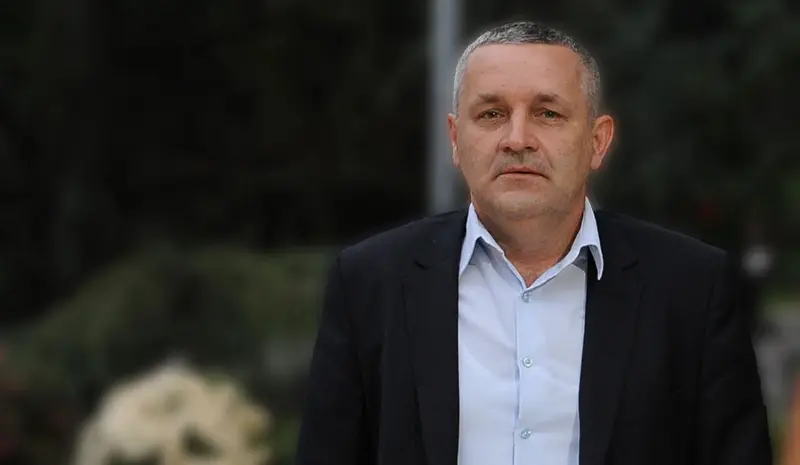
BELGRADE, JULY 18 /SRNA/ – The President of the Union of Serbs from the Region Miodrag Linta stated that the systematic killing of Serbian children in the Independent State of Croatia /NDH/ is further proof that this infamous creation intended to destroy the Serbian people and, among others, the Roma and Jewish peoples, meaning it committed genocide during the Second World War.
Linta emphasized that at least 1,000 execution sites where the Ustashas killed members of the Serbian people also testify to the genocide committed.
"There were two forms of systematic killing in NDH. This genocide is often reduced only to concentration camps, especially Jasenovac as the largest death factory in the Balkans during World War II. But we must not forget the huge number of execution sites in Serb villages, and one of those crimes is the genocide against Serb children in the vicinity of Prijedor," said Linta.
Speaking about tomorrow's commemoration of the Day of Remembrance for Serbian Children Killed and Murdered in NDH, as well as the fact that in Republika Srpska every March 11 is also marked as the Day of Remembrance for the Murdered Serb Children of Sarajevo, Linta assessed that this shows that Republika Srpska, like Serbia, has raised the culture of remembrance to a much higher level, but that it must not stop there.
"Serbia and Republika Srpska must fight for the truth about the suffering of our people both during the infamous NDH and in the 1990s," Linta told SRNA.
He pointed out that Serb victims in the last wars in the former Yugoslavia are diminished, belittled, and humiliated.
"That is why it is important every time to mark every Serbian execution site and to tell the truth that our people suffered massively and that they deserve equal respect just as the victims of other nations in this area do," Linta emphasized.
He stressed that the key struggle is for international recognition of the genocide against the Serbian people in NDH, which Serbia should initiate.
According to him, the preconditions for this struggle are three important things:
First, the Serbian National Assembly should adopt a resolution on the genocide against Serbs, Jews, and Roma in NDH and set its demands towards today’s Croatia.
Second, the establishment of a Memorial Center for the Genocide Against Serbs in NDH, which would, modeled after the Jewish Yad Vashem, include an institute, museum, library, archive, Eternal Flame, and Peace Park, where world officials visiting Serbia would plant a tree in honor of the Serbian victims of genocide.
Third, April 10 should be declared the Day of Remembrance for Serbian Victims of Genocide, because on that day in 1941, the implementation of the long-prepared and planned extermination of the Serbian people began.
On that day, he noted, all of Serbia should come to a standstill for two minutes – children in schools and people on the streets, and a special lesson should be held in schools dedicated to the Day of Remembrance for Serbian genocide victims, with special media programming.
At least 74,642 Serbian children aged up to 14 were killed in NDH, and at least 19,342 died in the Jasenovac camp.
The Day of Remembrance for the Killed and Murdered Children in NDH will be marked tomorrow in the hamlet of Macure in the Prijedor settlement of Gornji Jelovac.
At the memorial ossuary, where 312 Serbs from Kozara are buried, including 75 children, a memorial service will be held for the victims of the Ustasha crime from July 1942, followed by the laying of wreaths and flowers and a spiritual program.
The commemoration is organized by the Committee of the Government of Republika Srpska for Cherishing the Traditions of Liberation Wars.
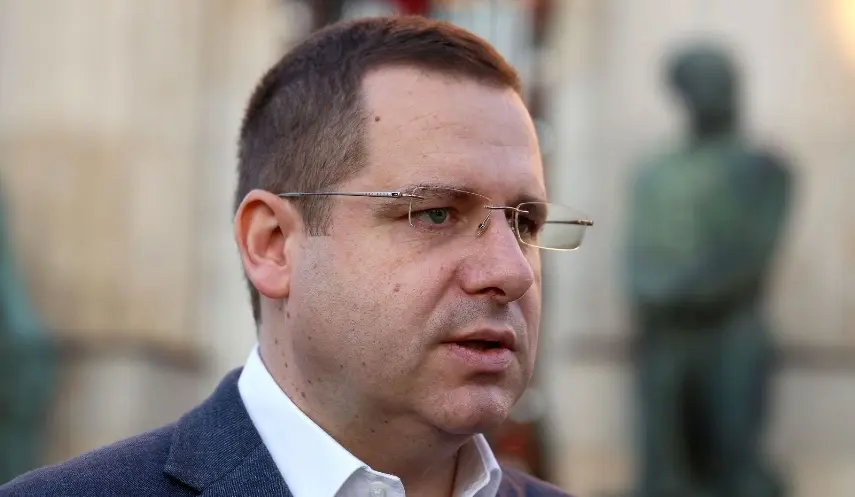
KOVAČEVIĆ: SNSD HAS ALWAYS BEEN AND WILL REMAIN SERB PEOPLE’S CHOICE
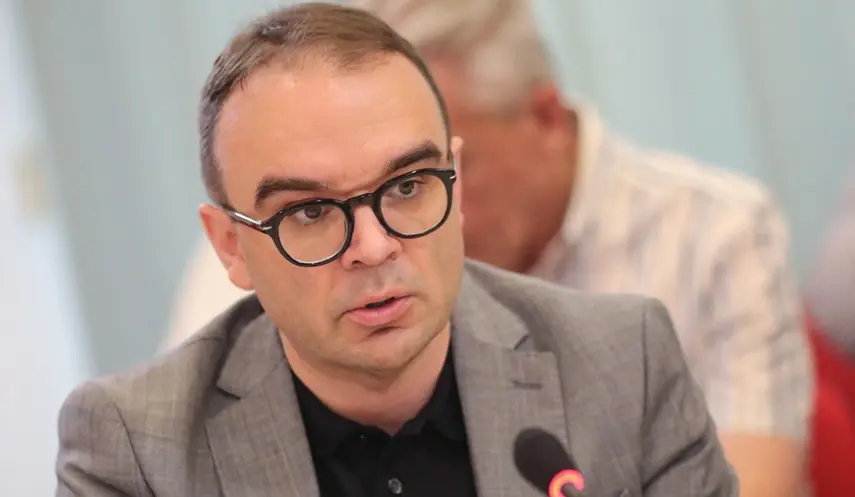
TRAGICOMICAL THAT LAGUMDŽIJA, WHO WAS EXPELLED FROM HIS OWN PARTY, IS GIVING ADVICE
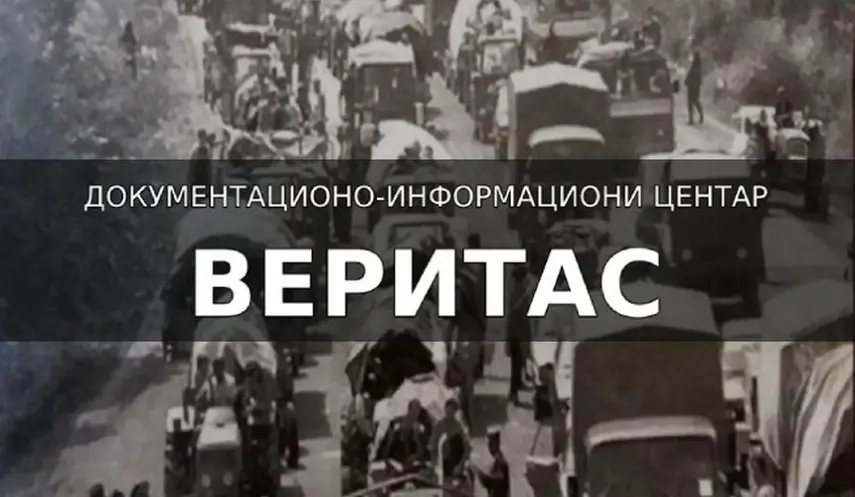
EIGHT SERBS ARRESTED SINCE THE BEGINNING OF THE YEAR ON CROATIAN INDICTMENTS
